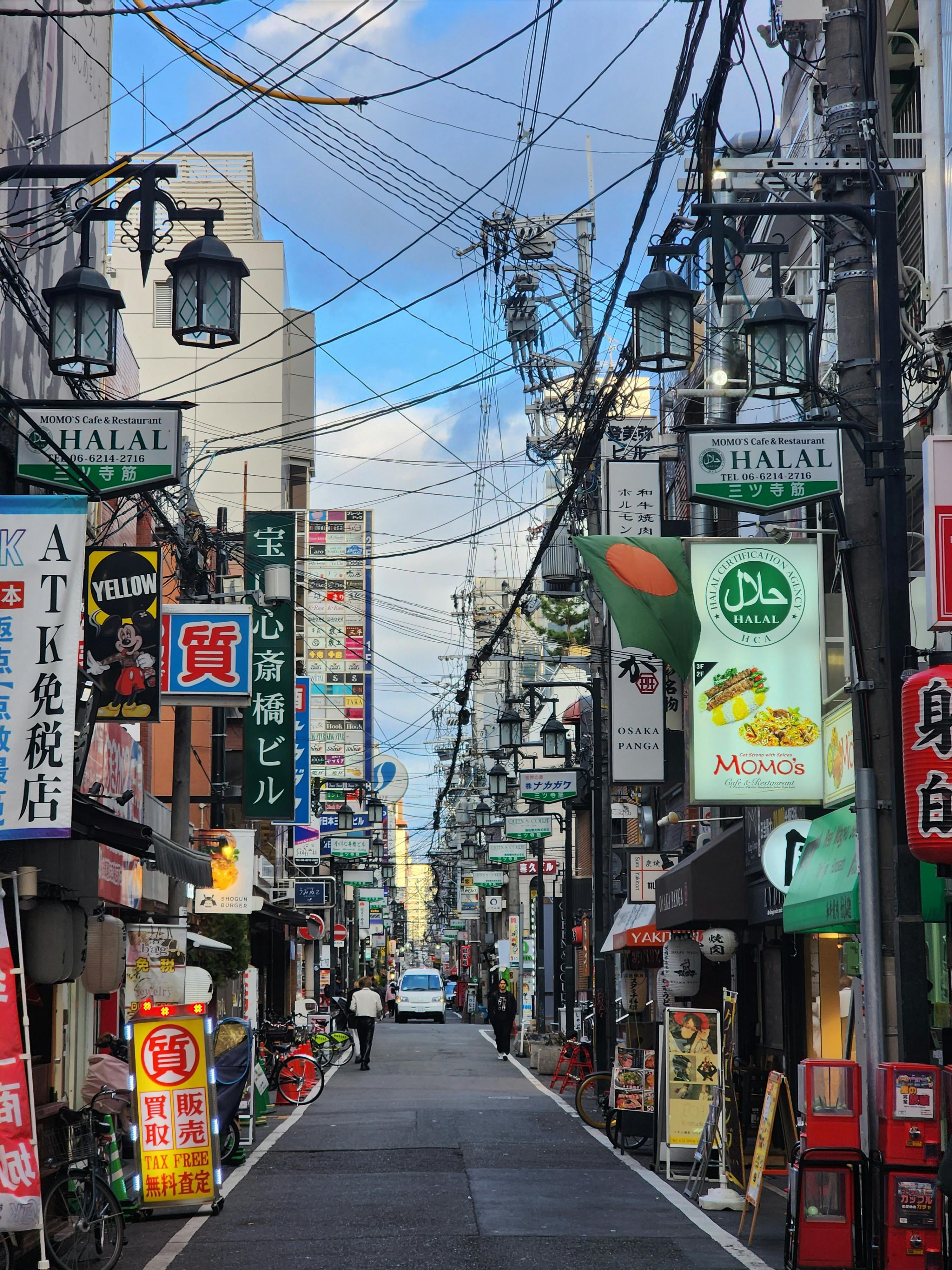Finding Halal Food in Japan Without Reading Kanji — Smart Hacks That Work

Japan is an incredible destination, but for Muslim travelers, finding halal food can be a real challenge. While halal tourism has grown in recent years, certified restaurants and clear labeling remain limited, especially outside major cities like Tokyo, Osaka, and Kyoto. The language barrier makes things trickier, as most packaging and menus are written in Kanji, which can feel intimidating if you can’t read Japanese. Fortunately, there are practical strategies to navigate this with ease.
One of the main obstacles is understanding food labels. Common non-halal ingredients such as pork or alcohol are often written using Kanji or local terms—for example, 豚 (buta) for pork and 酒 (sake) for alcohol. Even if you recognize some words, labels tend to be dense and technical, and menus often use stylized scripts that are hard to read quickly. Having a clear plan and the right tools can make all the difference.
A great starting point is to rely on official halal maps and travel apps. Platforms like Halal Gourmet Japan list halal-certified, Muslim-friendly, and vegetarian restaurants nationwide. HappyCow can help identify vegetarian or vegan spots that sometimes overlap with halal options, while Google Maps searches using “Halal” often reveal tagged businesses in larger cities. These resources give directions, reviews, and certification details, allowing you to make informed decisions without reading Kanji.
Translation apps are another essential tool. Google Lens and Papago can scan food labels and provide live translations. Offline translation packs are useful if you don’t have constant internet access. By focusing on keywords like pork, gelatin, alcohol, or meat extract, you can quickly determine whether a product is suitable.
Learning a few key words in Japanese is also helpful. Terms like ハラール (Halal), ムスリム対応 (Muslim-friendly), 肉なし (no meat), or ベジタリアン (vegetarian) can help you recognize suitable options more easily, especially in smaller towns where English signage is rare.
Convenience stores offer additional opportunities. Chains like 7-Eleven, Lawson, and FamilyMart are everywhere, and while not all their offerings are halal, they usually have safe seafood or plant-based options. Onigiri with ume, kombu, or salmon fillings are often fine, as are simple salads, boiled eggs, or yogurt. Some instant noodles without pork extract can also work. Urban supermarkets may have imported halal products in designated sections.
Sticking to Muslim-friendly chains and neighborhoods can make dining much easier. Coco Ichibanya has halal-certified curry branches in Tokyo and Osaka, while Gyumon in Shibuya serves halal yakiniku. Major airports like Narita and Kansai also offer halal-certified dining and prayer rooms. Areas such as Asakusa, Namba, and Kyoto Station are known for their concentration of halal-friendly restaurants within walking distance.
Planning ahead is crucial, especially if you’re traveling to rural areas where options are limited. Downloading key apps in advance ensures you can use them offline, and checking nearby prayer facilities can enhance convenience. Don’t hesitate to politely ask staff whether a dish contains pork or alcohol—many are willing to help even if their English is limited.
Finding halal food in Japan without reading Kanji may seem daunting at first, but with preparation and a few smart hacks, it’s entirely manageable. By combining technology, a handful of key phrases, and strategic choices, Muslim travelers can explore Japan confidently and enjoy its culinary scene without worry.



